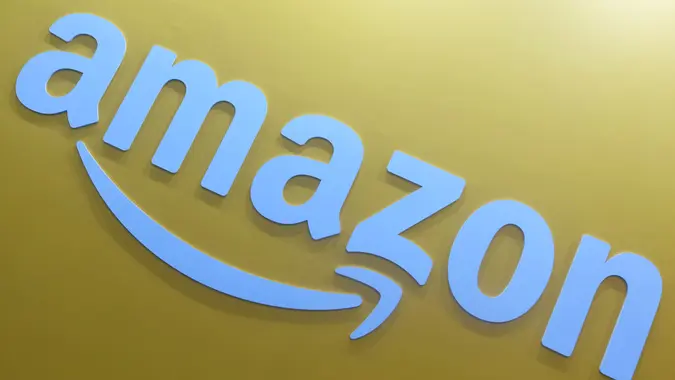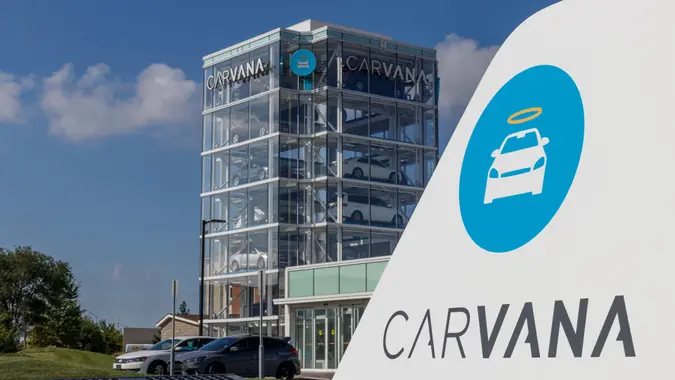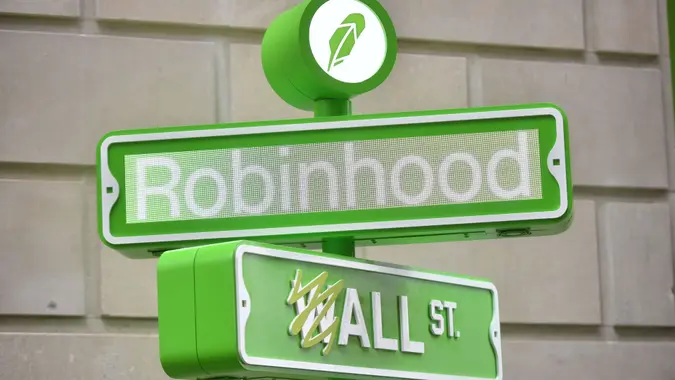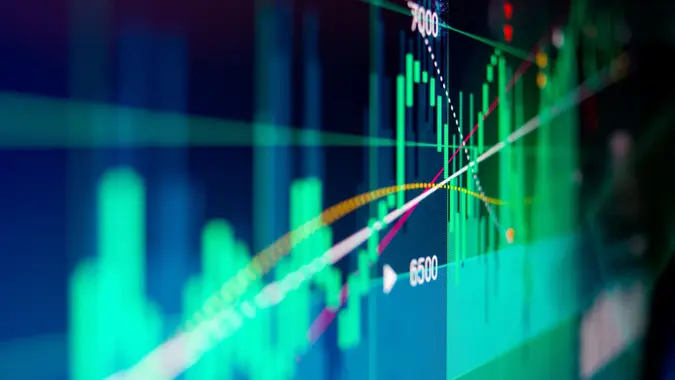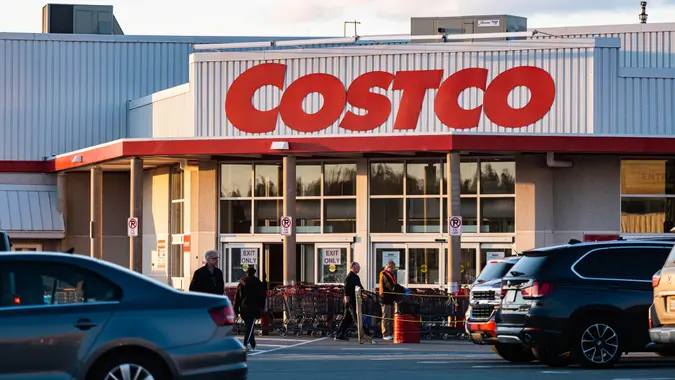Can Apple Stock Reach $1,000?

Commitment to Our Readers
GOBankingRates' editorial team is committed to bringing you unbiased reviews and information. We use data-driven methodologies to evaluate financial products and services - our reviews and ratings are not influenced by advertisers. You can read more about our editorial guidelines and our products and services review methodology.

20 Years
Helping You Live Richer

Reviewed
by Experts

Trusted by
Millions of Readers
Chances are, if you live in this modern world, you may have an Apple product or two already in your home. As one of the largest consumer tech giants in the world, designing and manufacturing cell phones, laptops and smart devices, it’s no wonder that this company rakes in billions in revenue.
However, can Apple shares reach $1,000? Before you start analyzing this question, it’s good to know where the company currently stands. Here are some key takeaways from Apple (NASDAQ: AAPL) stock as of Feb. 11, 2025:
- Stock price: $234.63
- Market cap: $3.52 trillion
- 52-week high: $260.09
- 52-week low: $164.08
As with any stock investment, there are no guarantees of a specific return on any asset, even with seemingly unbeatable companies like Apple. And while it may seem improbable that Apple stock will ever be valued at $1,000, it’s not completely impossible.
So, Will Apple’s Stock Ever Hit $1,000?
The stock market is unpredictable, and it’s impossible to say for certain whether Apple’s stock could reach $1,000. Numerous social and political influences can affect Apple’s stock. The market trends, global and domestic economic conditions and the company’s financial performance all play a role in the stock price. Prices can also fluctuate in response to news — and rumors.
As a blue-chip stock and a member of the S&P 500, Apple is a solid choice for a long-term investment and should be on every investor’s radar. The stock’s performance is strong and reached an all-time high this last investing year, while shares traded at an expensive valuation.
However, examining Apple’s history, capital expenditure, price-to-earnings ratio and future plans can provide some additional insight as to whether Apple stock can reach $1,000.
The Bull Case
Apple has put a number of new initiatives in place that could potentially boost its stock to the $1,000 level, including the following.
New Product Releases
Apple regularly releases new products such as iPhones, iPads and Macs. With its loyal following for everything from mobile phones to home computers, each new product that does well boosts the company.
With Apple now delving into everything from hearing aid features in AirPods to new HomePod minis, there doesn’t seem to be any reason why you shouldn’t be investing $1,000 in Apple rather than waiting for Apple stock to reach $1,000.
Expansion Into New Markets
Apple has been expanding into new markets, such as healthcare and automotive, which could provide new revenue streams and diversify its business.
The company is making strides with its planned blood glucose tracking feature on the Apple Watch. It’s even been rumored — but not confirmed by Apple — that it is working on an electric, self-driving Apple Car.
Chip Development
Apple has developed its own custom chips for its devices, which could provide a competitive advantage and potentially drive the stock price higher if the chips remain successful. For example, it will refresh the HomePod mini in late 2025, adding a faster S-series chip and an Apple-designed Wi-Fi and Bluetooth chip,
The Bear Case
However, while Apple’s stock may reach $1,000, any of the above factors could end up going poorly — there are simply no guarantees for this stock mentioned in the market. Even if all goes well, it’s more likely that the company will perform a stock split before its price reaches $1,000.
Stock Split
A stock split is a corporate action in which a company divides its existing shares into multiple shares. The total number of shares increases, and the value of each individual share decreases proportionally. Remember that you will receive additional shares in your account according to the terms of the split, so you won’t lose any value in a stock split.
Apple has a history of splitting its stock — since it went public in 1980, Apple has split its stock five times. It has never had a share value of over $200, so $1,000 per share would be a stretch.
A stock split is not necessarily a bad thing. It would keep stock prices more accessible for average investors and improve liquidity, making it easier to trade. A stock split does not mean the company is doing poorly — often, it means the opposite.
How To Buy Apple Stock
Follow these steps to buy Apple stock if you don’t already have a reliable trading account.
- Choose a brokerage firm. Some popular firms include Robinhood, TD Ameritrade, Fidelity and Charles Schwab.
- Add trading funds to your account. You can typically do this by linking your bank account or by transferring funds from a credit card or debit card.
- Search for Apple stock and plan out the order. Use your brokerage firm’s trading platform to place an order for Apple stock.
- Choose the order type. Choose a limit order if you want to buy each share at a specified price, or a market order if you want to buy the stock at the market price.
- Monitor your investment. Once you’ve bought the stock, track its price and watch for news that may affect the company’s performance.
Keep in mind that brokerage accounts are not FDIC-insured in the same way that bank accounts are. You can lose money if Apple’s stock decreases in value.
Final Take To GO
The bottom line is that Apple stock may reach $1,000 as it continues to launch new products and diversify into various sectors. However, based on its history, it’s more likely that the company will perform a stock split before its stock hits $1,000.
Simply put, there is no limitation to the highest price that Apple’s stock can reach even though the company will likely split its stock as it rises to attract new investors. Some trading experts project that Apple stock will reach $500 in 2030 which shows potential to reach $1,000 eventually, but not necessarily anytime soon.
Sarah Horvath contributed to the reporting for this article.
More From GOBankingRates
 Written by
Written by  Edited by
Edited by 





